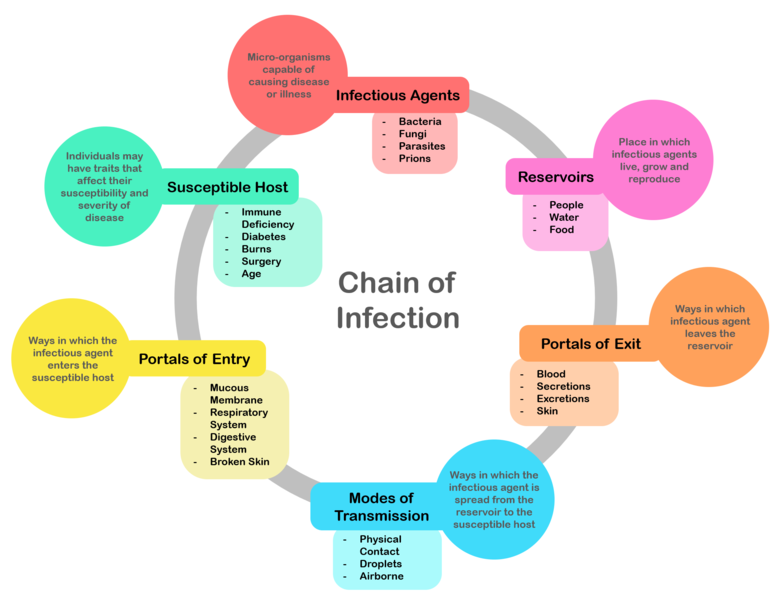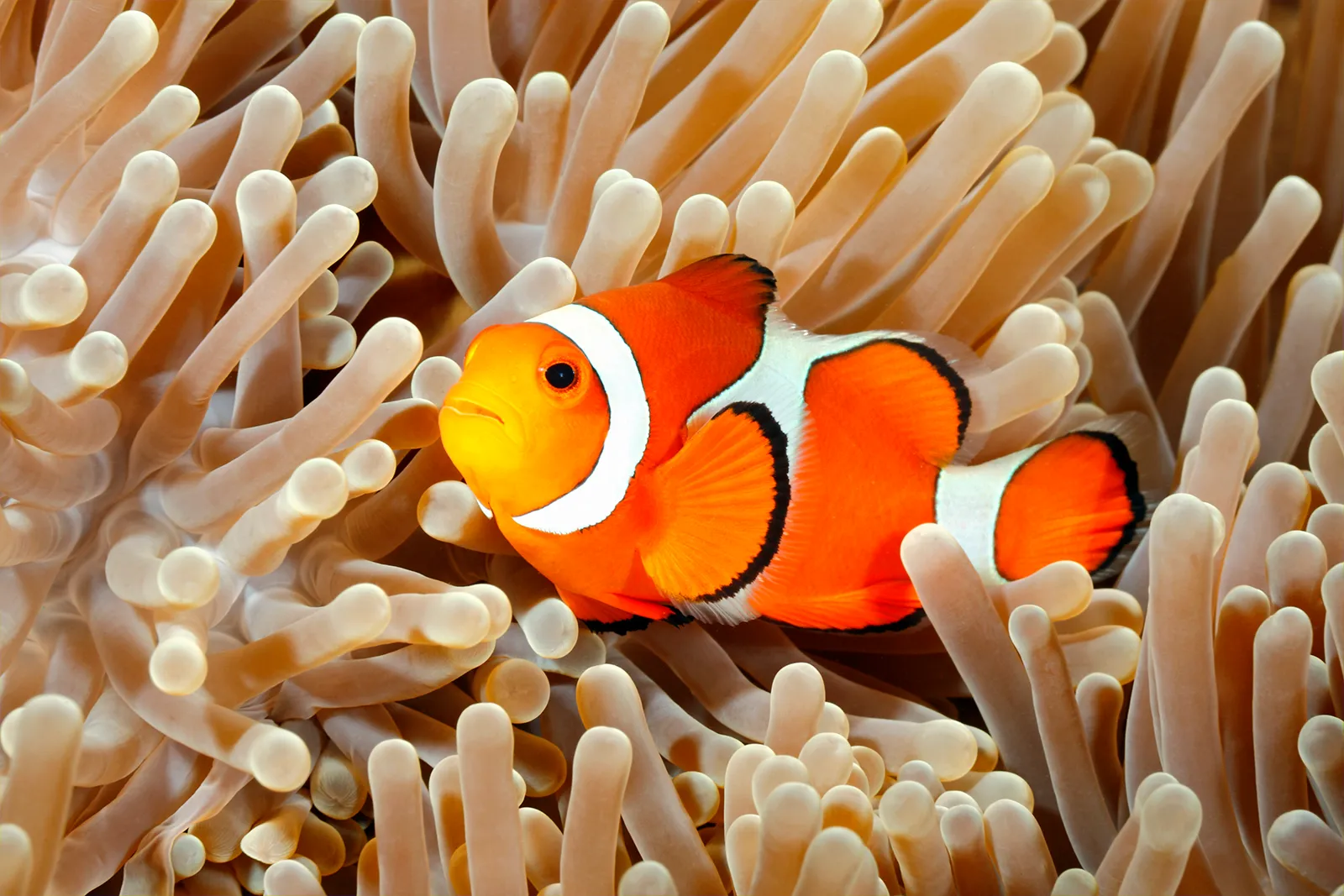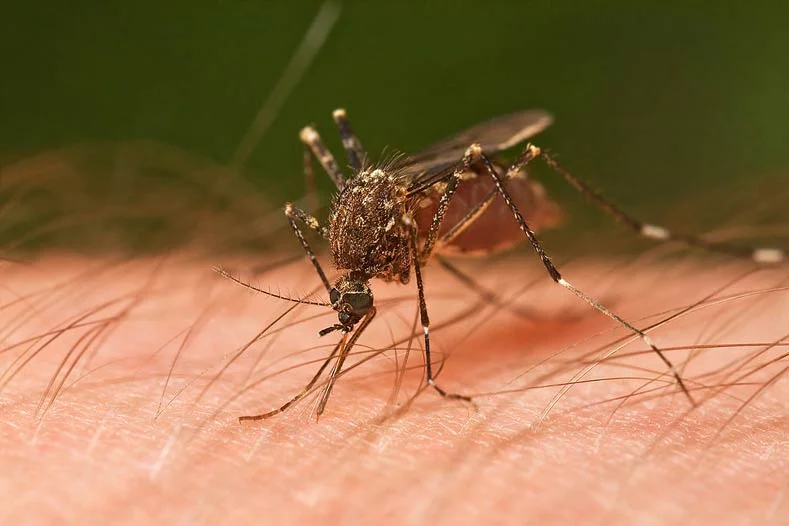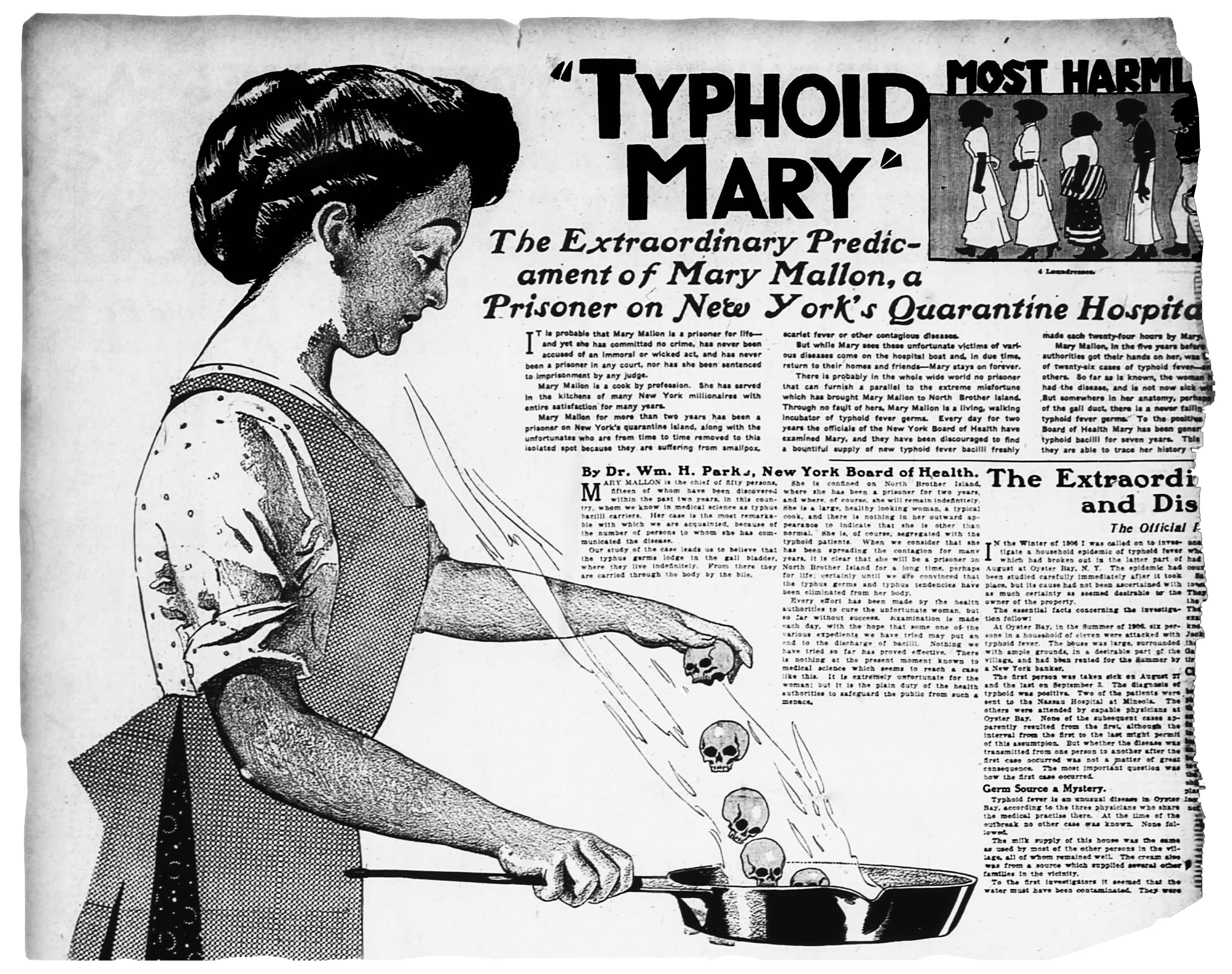
Principles of infection (Pathology) UNFINISHED
Principles of Infection Aim To present general mechanisms by which human pathogenic microorganisms can cause disease, using bacteria and viruses as examples. Topics Commonly used terms such as pathogen, opportunistic infection and commensal organisms will be explained with examples. A basic concept of the Microbiome in relation to the human host and health will be explored. The basic concepts of pathogenicity and virulence will be explained with several examples of both viruses, bacteria and parasites. Concepts of the pathogenic process of infection will be described in terms of: Adherence +/- entry Multiplication - with local/general spread Evasion of host defences at each stage Tissue damage. Elimination of infection Why it is important Pathogenesis of infectious diseases is a varied and fascinating subject and very much a major area of ongoing scientific research. Knowledge gained from studying microbial pathogenesis has underpinned the prevention, treatment and control of infection. Interactions between host and microbes can result in disease or colonisation.
-
What is symbiosis?

A biological interaction or relationship between two different species of organisms, often involving a close physical association
-
What is parasitism?

A relationship between two organisms where the parasite benefits at the expense of the other organism
-
What is commensalism?

Type of interaction where one party (the bacteria) derives advantages without causing notable harm or benefit to the other party (the host organism)
-
What does asymptomatic carriage mean?

Refers to the state in which an individual carries and potentially spreads a particular infectious agent without showing any noticeable symptoms of the infection
-
What is mutualism?
A relationship between bacteria and their host organisms where both partners benefit from the association
-
What is normal flora?
Refers to the community of microorganisms that naturally inhabit various surfaces and cavities of the human body without causing disease under normal conditions

